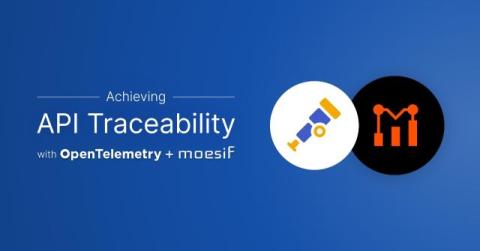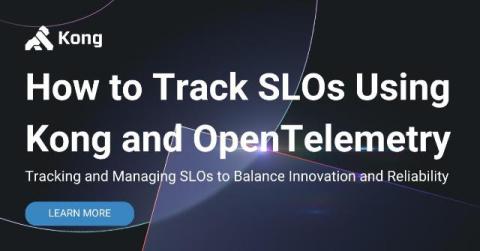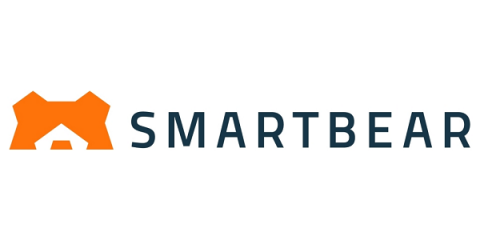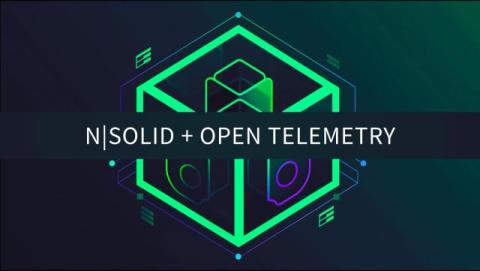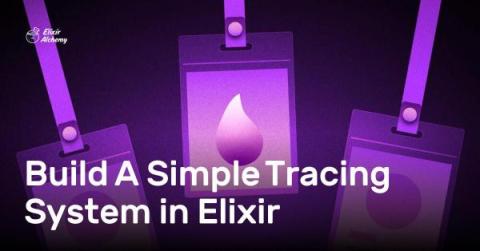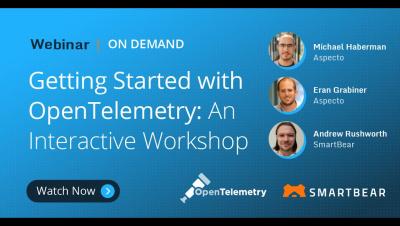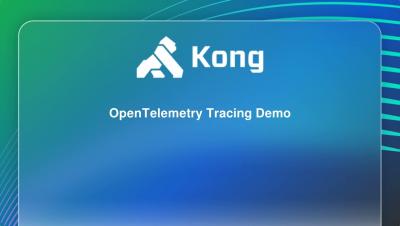Achieving API Traceability with OpenTelemetry and Moesif
APIs power complex and modern applications and in doing so they’ve also become a challenge to observe, monitor, and analyze. Even the apps we rely on daily consists of numerous services, each glued together by dedicated APIs that interact with one another in intricate ways. In today’s market, you have to make sure that API complexity doesn’t hurt the visibility you need to possess into your product.


